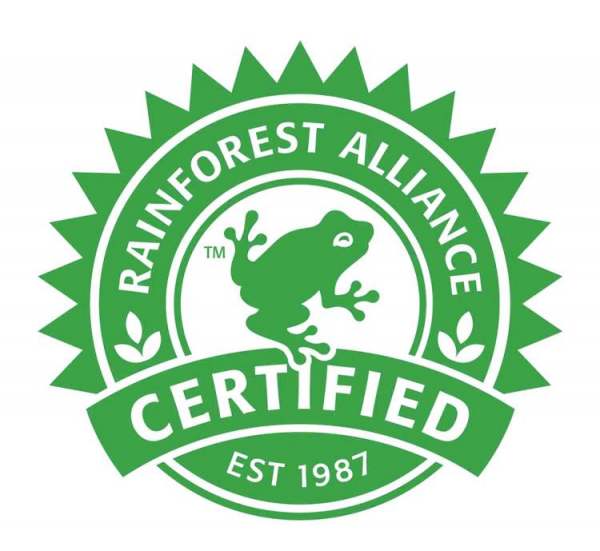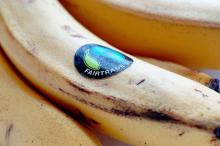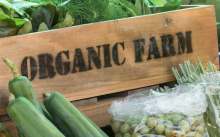How does the Rainforest Alliance standard work?
Rainforest Alliance primarily focuses on setting rules for both producers and buyers, and checking whether participating farms and other companies are likely to be complying with these, through a series of risk assessments and some in-person visits.
Since 2020, the Rainforest Alliance has also introduced something that it calls a ‘Sustainability Differential’. This essentially requires buyers to provide an additional payment on top of the market price, to provide some extra investment support. However, only for cocoa do they prescribe a minimum acceptable minimum payment, while for other crops it has to be negotiated.
This additional payment is important because poverty is one of the biggest causes of workers’ rights and environmental issues. For example, over half of cocoa farmers in Cote D’Ivoire – one of the biggest cocoa producing regions – are below the global poverty line. Many smallholders in the country therefore rely on children, often their own, to work on farms in order to try and earn enough to survive.
Rainforest Alliance’s ‘Sustainability Differential’ is similar to the Fairtrade ‘premium’, which also ensures a set amount is paid to farmers on top of the price of their goods. From October 2025 the Rainforest Alliance will drop the term Sustainability Differential, and also use the word 'premium'.
However, Fairtrade goes far beyond the Rainforest Alliance standard in tackling poverty, as we outline below.
How strong is the Rainforest Alliance standard?
The Rainforest Alliance standard includes important measures for the environment and workers’ rights. For example, it requires that workers living on site have access to “clean and decent living quarters”, prohibits the use of genetically modified organisms (GMOs) and bans the use of particularly high-risk pesticides. It has strong rules on deforestation, prohibiting all growing on land that has been deforested since 2014.
However, the certification also falls short in vital areas, particularly living wage. While it requires farms to move towards paying a living wage to workers, producers can remain certified without ever actually achieving this goal.
Rainforest Alliance has taken a positive step by introducing its ‘Sustainability Differential’. However, the payment amount is small and very likely does not go far enough to address the abject poverty many smallholder farmers face. For cocoa, for example, as of July 2024, the ‘Sustainability Differential’ was less than 1% of the global market price for cocoa beans.
Over the years, the scheme has also faced concerns about whether it has adequate checks in place to ensure that farms are complying with rules.
Certifications often check farms through onsite audits – visits by experts who speak to management and workers, and check conditions. Rainforest Alliance only requires these kinds of visits for farms deemed to be medium or high risk – and even then they may only take place once every three years for medium risk sites.
If abuses are found, Rainforest Alliance will generally not decertify a producer. Instead, it requires companies to have risk assessments, grievance mechanisms and remediation processes in place to identify and address any violations found. This kind of approach can be constructive: for example, it has helped address the problem of child labour in the cocoa industry, where most farms are owned by smallholders. However, there is less evidence of its appropriateness for other problems.








